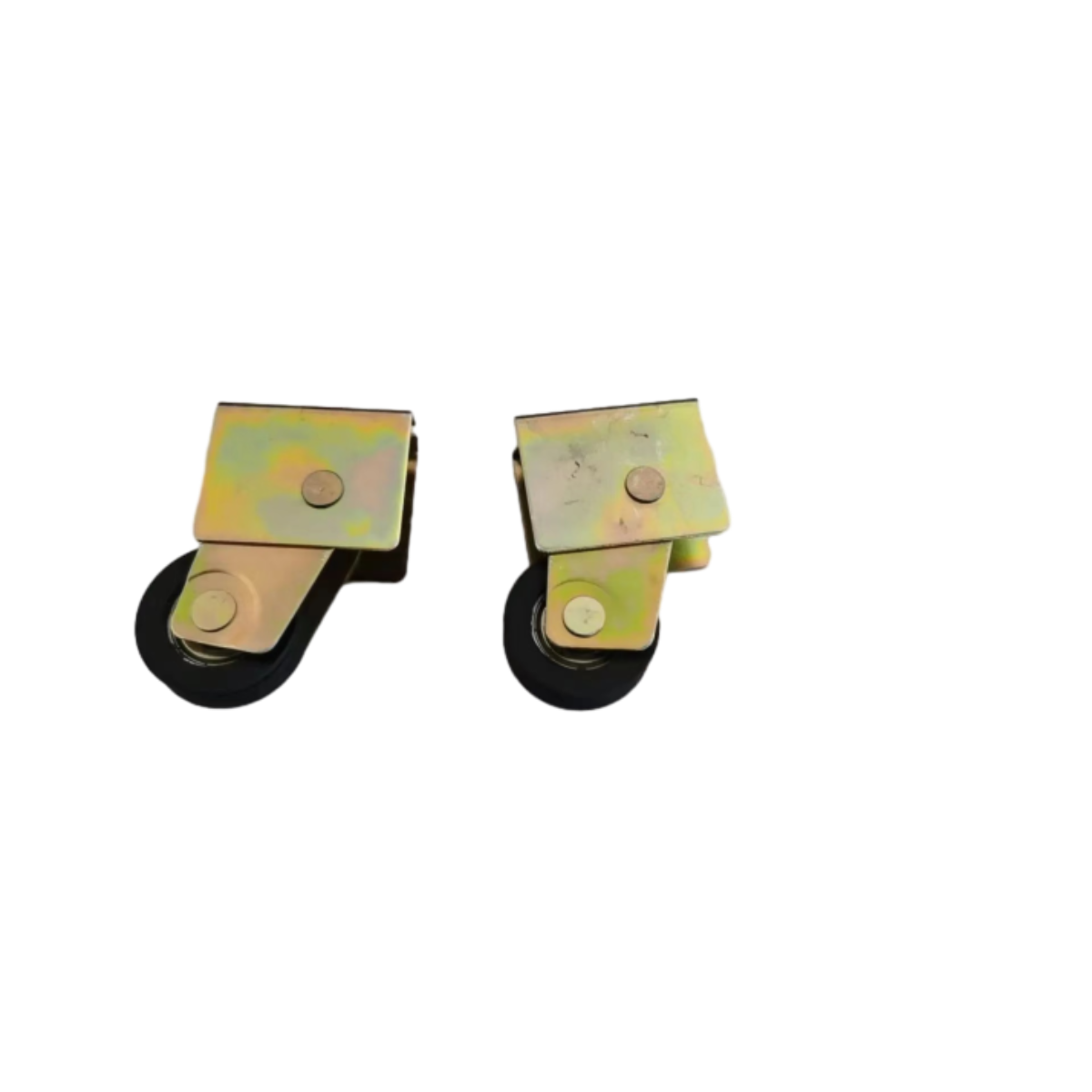Essential Components for Assembling a Durable and Stylish Wrought Iron Fence
Understanding the Components of a Rod Iron Fence
Rod iron fences have long been celebrated for their aesthetic appeal and enduring strength. Far from being merely a decorative element, these fences are constructed from a variety of components, each serving a distinct purpose. Understanding the parts of a rod iron fence can guide both homeowners and builders in making informed choices when it comes to installation and maintenance.
1. Pickets
Pickets are the vertical posts that make up the primary structure of the fence. Typically, these are crafted from wrought iron or steel bars, providing robustness and a sleek, elegant appearance. Pickets can come in various designs, including simple straight lines, ornate scrolls, or pointed tops, allowing homeowners to choose a style that complements their property. The spacing between the pickets impacts not only the visual appeal but also the security and privacy offered by the fence.
2. Rails
Rails are the horizontal components that connect the pickets and provide stability to the fence. A standard rod iron fence will typically have at least two horizontal rails – one at the top and one at the bottom – although additional rails can be included for extra strength. The placement and number of rails influence the overall durability of the fence, especially in areas subjected to high winds or heavy impacts.
3. Posts
The posts are the sturdy vertical structures that anchor the fence to the ground. They are vital for maintaining the integrity and alignment of the entire fencing system. Posts should be made from robust materials, often the same wrought iron used for the pickets, and are typically set into concrete for added stability. Depending on the design, posts may include decorative caps or finials, adding an extra flair to the overall appearance.
rod iron fence parts

4. Gates
Every good fence needs access, and this is where gates play their role. Gates are constructed from similar materials as the rest of the fence and should be designed to complement the overall aesthetic. They can swing open or slide, depending on the space available and the desired functionality. Installing a gate involves precision; it must be aligned correctly with the fence to ensure ease of use and security.
5. Post Caps
Post caps serve both an aesthetic and functional purpose. They fit over the tops of the fence posts, providing a finished look while preventing moisture from entering and causing damage to the posts. Post caps are available in various designs and materials, allowing homeowners to customize their fences further. Some caps even incorporate lighting, adding charm and security in the evening.
6. Finials
Finials are decorative tops that can be added to the fence posts, enhancing the overall design. Typically, these are made from the same material as the fence and can come in various styles, from simple spheres to intricate designs. Finials not only contribute to the visual character of the fence but also serve as an additional barrier against potential damage.
Conclusion
A rod iron fence is not just a boundary; it is a statement of style and an invitation for passersby to admire the property it encloses. Each component, from the sturdy posts to the delicate pickets and decorative elements, serves a crucial role in both the functionality and appearance of the fence. Understanding these parts allows homeowners to appreciate their investment fully, undertake appropriate maintenance, and tailor their choices to suit both practical needs and aesthetic desires. Whether you are constructing a new fence or upgrading an existing one, having a solid grasp of these components will ensure a successful outcome.
-
Wrought Iron Components: Timeless Elegance and Structural StrengthNewsJul.28,2025
-
Window Hardware Essentials: Rollers, Handles, and Locking SolutionsNewsJul.28,2025
-
Small Agricultural Processing Machines: Corn Threshers, Cassava Chippers, Grain Peelers & Chaff CuttersNewsJul.28,2025
-
Sliding Rollers: Smooth, Silent, and Built to LastNewsJul.28,2025
-
Cast Iron Stoves: Timeless Heating with Modern EfficiencyNewsJul.28,2025
-
Cast Iron Pipe and Fitting: Durable, Fire-Resistant Solutions for Plumbing and DrainageNewsJul.28,2025
-
 Wrought Iron Components: Timeless Elegance and Structural StrengthJul-28-2025Wrought Iron Components: Timeless Elegance and Structural Strength
Wrought Iron Components: Timeless Elegance and Structural StrengthJul-28-2025Wrought Iron Components: Timeless Elegance and Structural Strength -
 Window Hardware Essentials: Rollers, Handles, and Locking SolutionsJul-28-2025Window Hardware Essentials: Rollers, Handles, and Locking Solutions
Window Hardware Essentials: Rollers, Handles, and Locking SolutionsJul-28-2025Window Hardware Essentials: Rollers, Handles, and Locking Solutions -
 Small Agricultural Processing Machines: Corn Threshers, Cassava Chippers, Grain Peelers & Chaff CuttersJul-28-2025Small Agricultural Processing Machines: Corn Threshers, Cassava Chippers, Grain Peelers & Chaff Cutters
Small Agricultural Processing Machines: Corn Threshers, Cassava Chippers, Grain Peelers & Chaff CuttersJul-28-2025Small Agricultural Processing Machines: Corn Threshers, Cassava Chippers, Grain Peelers & Chaff Cutters












